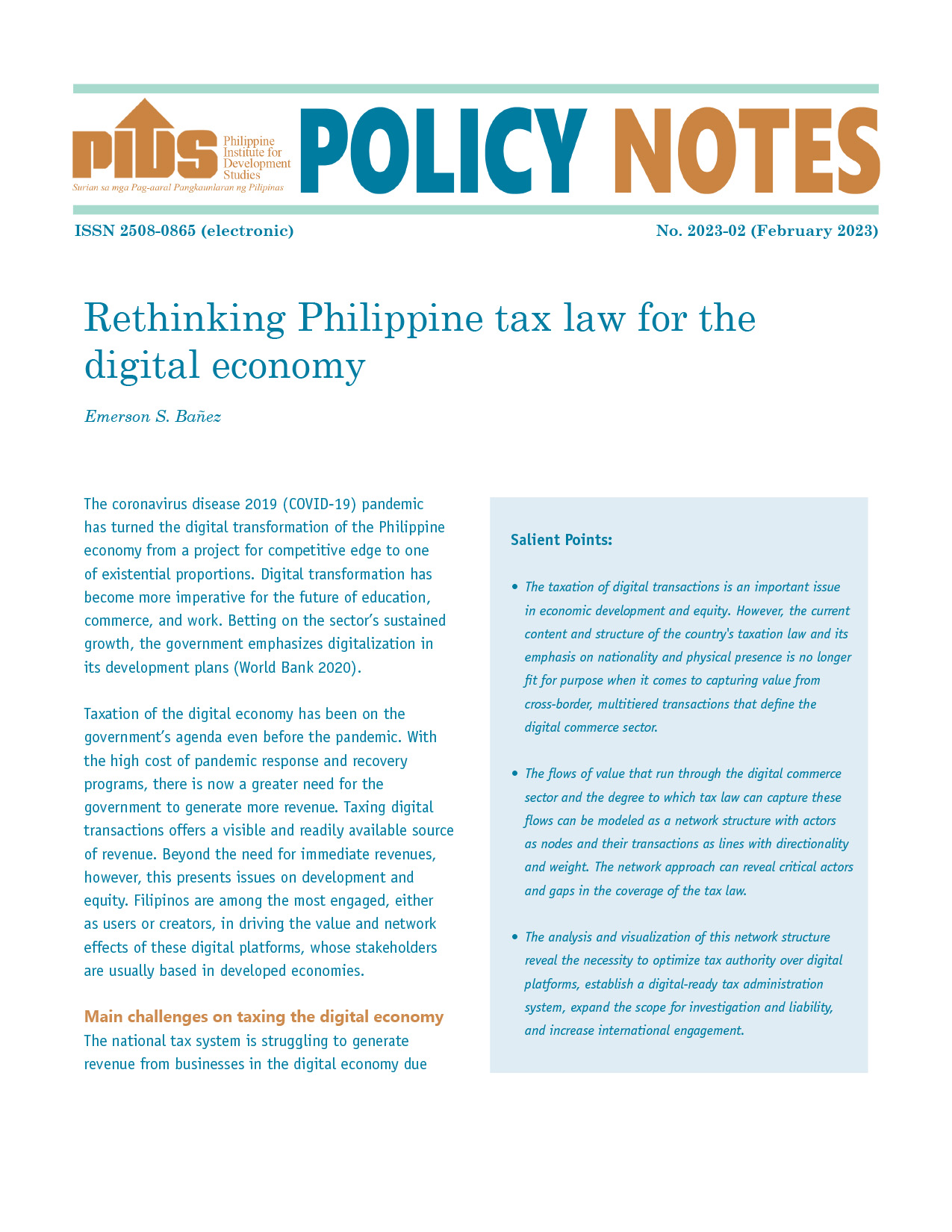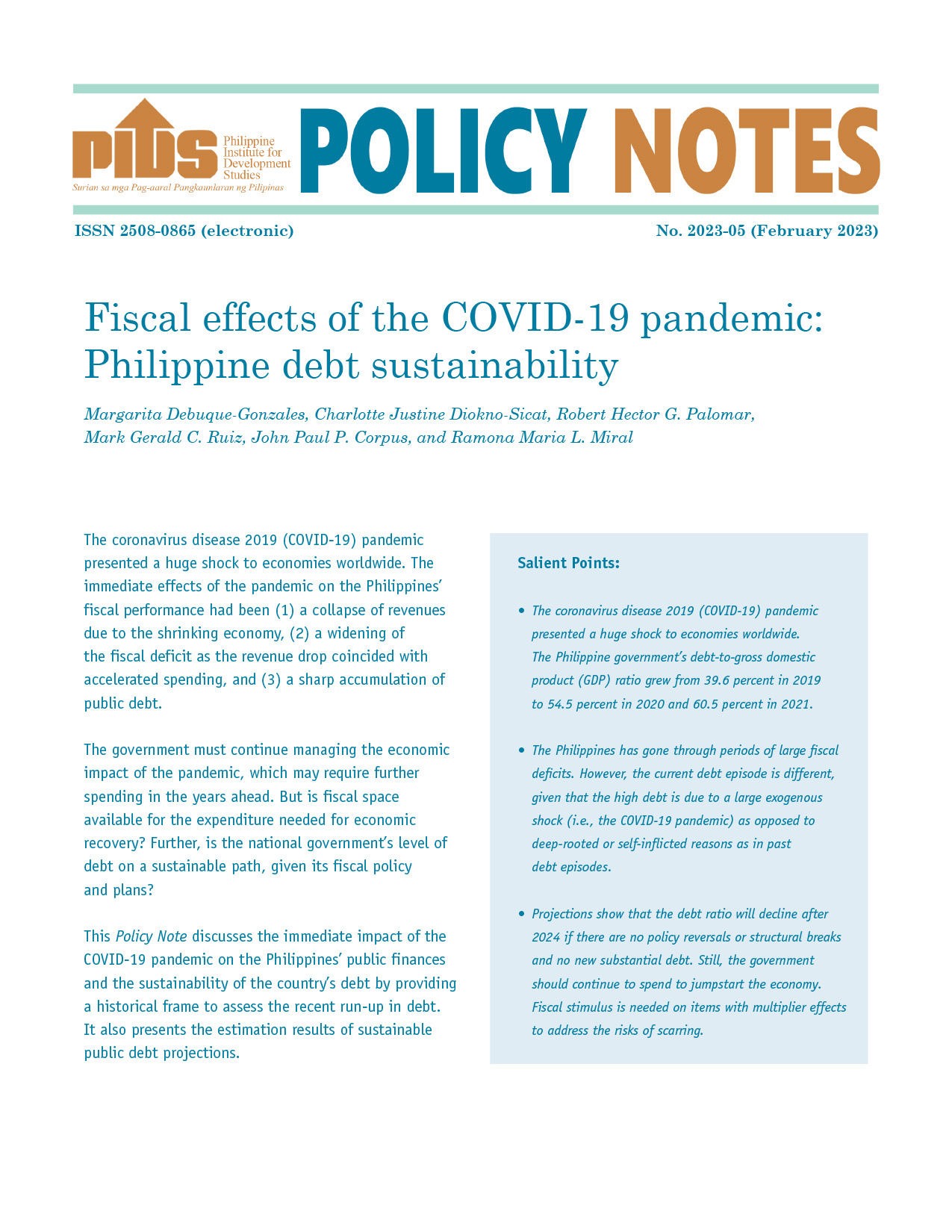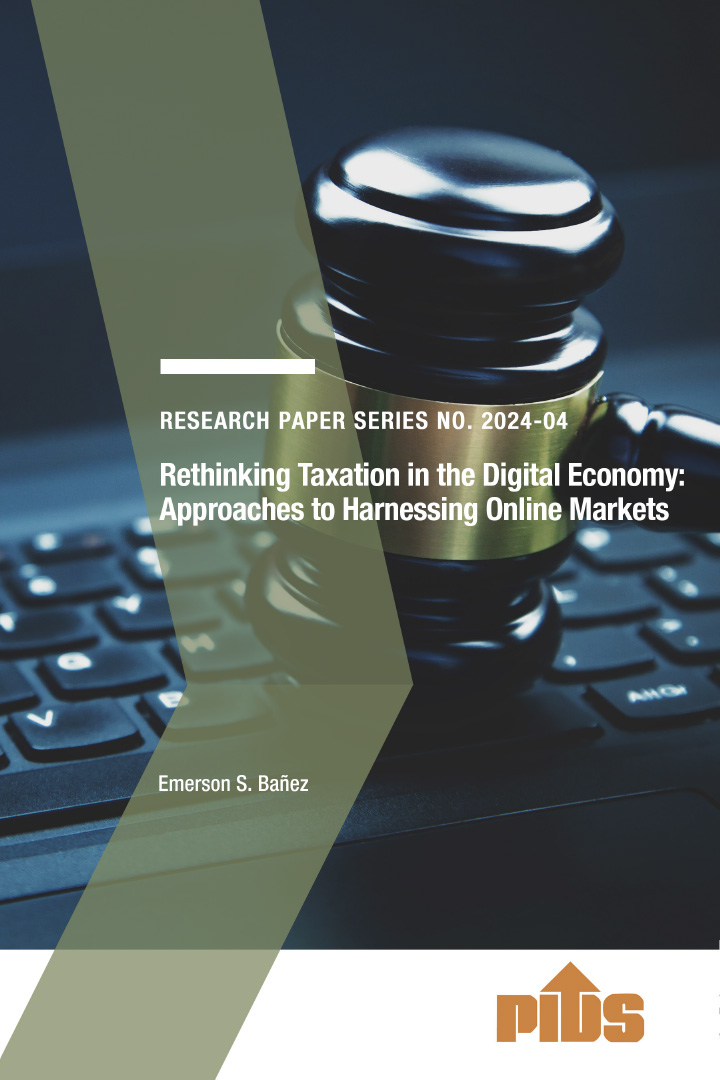THE TAX REFORM for Acceleration and Inclusion (TRAIN) law may have spurred economic activity with gains in employment and domestic output, but a state-run think tank that reviewed the law said that poverty increased overall, and especially among farmers and fisherfolk.
A discussion paper by the Philippine Institute for Development Studies (PIDS) assessed the impact of the first package of the comprehensive tax reform package in 2018, showing “slightly positive” results in economic output, particularly in the agriculture and service sectors, as well as a rise in employment. However, it noted that poverty incidence increased “slightly,” due to higher commodity prices paid by the poor.
PIDS’ estimates were based on TRAIN provisions that lowered personal income taxes, estate, and donors taxes, reduced value-added tax exemptions, raised excise taxes on fuel, coal, tobacco, automobiles, minerals, new taxes on sugar-sweetened beverages, and cosmetic procedures. It also took into account social mitigating measures, such as the P300 per month unconditional cash transfer (UCT) program for affected the affected poor.
PIDS said that coal and mineral production fell 5.2%, while that of petroleum fell 1.2% year-on-year. It also found a 14.2% decline in the production of chemicals, rubber, and plastics, a 25.9% decline in beverage and tobacco output, and a 43.5% decline in the engine and turbine manufacturing sector, except aircraft, vehicle and cycle engines.
However, it noted that agricultural output overall rose by around 5.4%. Food manufacturing grew 3.2%
PIDS said that TRAIN pushed up prices of agricultural commodities, with prices of palay, or unmilled rice, increasing 3.2% year-on-year, while those of corn rose 3.4%, sugar 3.7%, livestock 3.8%, and fish 3.8%.
Prices of beverages also rose 68.9%, petroleum 10.5%, and transportation 16.8%.
The paper also found a net gain of 396,702 employed individuals.
“Under the TRAIN + UCT scenario, the gains are the highest due to the fact that there is increased productive activity which increases returns to all the factors. The greatest gain is for unskilled labor,” PIDS said.
The study also found that household poverty incidence increased by 0.26 percentage points, while poverty among individuals rose 0.65 percentage points. Poverty among fisherfolk rose 1.35 percentage points, and among farmers 0.06 percentage points. It found that poverty incidence for transport workers fell 8.16 percentage points.
“The provision of the cash transfers (assuming 100% coverage for those targeted by the subsidies in the first to fifth lowest income deciles) offsets the increase in poverty incidence across sectors, especially for transport workers; most transportation workers are near poverty so that the income support program results in a significant improvement in their welfare,” PIDS said.
It also said that “while the subsidy is relatively sufficient to meet the increased household expenditure (due to the higher excise taxes) for many of the households, especially in the poorest first to fifth income deciles, there are still households that will be worst off as the composition of expenditures are different from household to household and there are families that would be adversely affected by the reform. In fact, the study noted that assuming that the UCT subsidy would have the same efficiency as the targeting in the government’s Pantawid Pamilyang Pilipino, poverty incidence will be slightly worse off.”












